Description
Familiarity with treatment
The Nd:YAG laser is commonly used for various dermatological procedures, including hair removal. However, it’s important to note that the effectiveness of Nd:YAG laser hair removal for permanent hair reduction is still a topic of debate. The laser emits a specific wavelength of light (1064 nm) that targets the pigment (melanin) in the hair follicles. The light energy is converted to heat, which damages the hair follicles and inhibits future hair growth.
Here is a general overview of the procedure for Nd:YAG laser hair removal:
Consultation: Before the procedure, you will typically have a consultation with a qualified professional, such as a dermatologist or laser technician. They will assess your eligibility for the treatment, discuss your goals, and explain the procedure in detail.
Preparation: Depending on the specific instructions provided by the practitioner, you may need to prepare the treatment area by shaving the hair a day or two before the procedure. This ensures that the laser targets the hair follicles beneath the skin surface.
Protection: Both you and the practitioner will wear protective eyewear to shield your eyes from the laser light during the procedure.
Application of the laser: The practitioner will use a handheld device that emits the Nd:YAG laser light. They will move the device over the treatment area, delivering short pulses of laser energy to the hair follicles.
Sensation: You may feel a mild sensation of heat or a snapping rubber band-like feeling during the procedure. The practitioner may use cooling techniques, such as a cooling gel or a chilled air device, to minimize discomfort.
Post-treatment care: After the procedure, you will receive specific post-treatment instructions from the practitioner. This may include avoiding sun exposure, applying soothing creams, and following any other recommendations to promote healing and minimize potential side effects.
Who is it suitable for?
Nd:YAG laser hair removal is suitable for various individuals, but there are some factors to consider. Here’s what the search results suggest:
All skin types: The Nd:YAG laser can be used safely on all skin types, including tanned skin 1. It is particularly recommended for individuals with darkly pigmented skin.
Dark hair: Nd:YAG laser hair removal is generally more effective for treating dark hair 1. It targets the pigment (melanin) in the hair follicles, making it less effective for light-colored or fine hair.
Fitzpatrick skin types I to III: The Nd:YAG laser is considered effective for treating dark (brown/black) hair in individuals with Fitzpatrick skin types I to III 2. It may also be effective for light-colored type IV skin 2.
Caution for light-colored hair: While the Nd:YAG laser can be effective for dark hair, it is generally less effective for light-colored (blonde/grey) hair 2.
Tanned or darker skin: The Nd:YAG laser is considered safe for use on tanned or darker skin tones However, caution is still recommended, and it’s important to consult with a qualified professional for personalized advice.
Who is it not suitable for?
Based on the information from the search results, Nd:YAG laser hair removal may not be as suitable for the following individuals or conditions:
Light-colored or fine hair: Nd:YAG laser hair removal is generally less effective for light-colored (blonde/grey) hair compared to other lasers. The laser targets the pigment (melanin) in the hair follicles, and light-colored hair may have less melanin, making it less responsive to the treatment.
White or light hair: Nd:YAG laser hair removal is reported to be less effective on white or light hair compared to other lasers. The laser relies on the contrast between the hair color and the surrounding skin, and light-colored hair may not provide enough contrast for effective treatment.
Advantages
The Nd:YAG laser hair removal system offers several advantages, as mentioned in the search results:
Suitable for all skin types: One of the significant advantages of Nd:YAG laser hair removal is its ability to safely and effectively treat all skin types, including darker and tanned skin. This is achieved due to the longer wavelength of the Nd:YAG laser, which reduces the risk of pigmentation changes and allows for deeper penetration into the skin 1.
Effective on larger treatment areas: The Nd:YAG laser has fast repetition rates and large coverage areas, allowing for the treatment of larger areas of the body in a shorter amount of time. This makes it a convenient option for individuals seeking hair removal on larger areas such as the back or legs 1.
Safe for darker skin tones: The Nd:YAG laser is considered ideal for treating patients with darker skin tones due to reduced scatter and deeper penetration of the laser light. It can be a safer option compared to other lasers for individuals with dark skin 2.
Reduced discomfort: The Nd:YAG laser system is reported to be more comfortable compared to other laser systems with faster repetitions. The longer wavelength of the Nd:YAG laser allows for fewer pulses of energy to be needed, resulting in shorter and more comfortable treatment sessions 3.
Complications
While Nd:YAG laser hair removal is generally considered safe and effective, there are some potential complications and side effects to be aware of. Here’s what the search results suggest:
Temporary side effects: After Nd:YAG laser hair removal, it is common to experience temporary side effects such as redness, irritation, and mild discomfort in the treated area. These side effects usually subside within a few hours to a few days.
Changes in skin color: In some cases, Nd:YAG laser hair removal may cause temporary changes in skin color, such as hyperpigmentation (darkening of the skin) or hypopigmentation (lightening of the skin). These changes are usually temporary but can persist for several weeks or months.
Crusting or blistering: In rare cases, Nd:YAG laser hair removal may cause crusting or blistering of the skin. This is more likely to occur if the laser settings are too aggressive or if the treated area is not properly cared for after the procedure.
Incomplete hair removal: While Nd:YAG laser hair removal can provide long-term hair reduction, it may not result in permanent hair removal. Multiple treatment sessions are usually required, and some hair regrowth may occur over time.
Discomfort during treatment: Some individuals may experience discomfort or a snapping rubber band-like sensation during the laser hair removal procedure. However, the discomfort is generally tolerable and can be minimized with cooling techniques or topical numbing creams.
preoperative care
Preoperative care for Nd:YAG laser hair removal typically involves a few important considerations. While the search results did not provide specific preoperative care instructions for Nd:YAG laser hair removal, here are some general guidelines that are commonly recommended for laser hair removal procedures:
Consultation: Before undergoing Nd:YAG laser hair removal, it is important to schedule a consultation with a qualified professional, such as a dermatologist or laser technician. During the consultation, they will assess your eligibility for the treatment, discuss your medical history, and provide personalized recommendations.
Avoid sun exposure: It is generally advised to avoid excessive sun exposure, tanning beds, and self-tanning products in the treatment area before the procedure. Sunburned or tanned skin can increase the risk of complications and may affect the effectiveness of the treatment.
Shave the treatment area: In most cases, the treatment area should be shaved a day or two before the procedure. This ensures that the laser targets the hair follicles beneath the skin surface, rather than the hair above the skin.
Avoid certain skincare products: It is advisable to avoid using skincare products that may irritate the skin or make it more sensitive before the procedure. This may include products containing retinoids, alpha-hydroxy acids (AHAs), or exfoliating agents. Your practitioner will provide specific instructions regarding skincare products to avoid.
Inform the practitioner: It is important to inform the practitioner about any medications, supplements, or medical conditions you have. Certain medications or medical conditions may affect the safety or effectiveness of the procedure.
Follow practitioner’s instructions: Your practitioner will provide you with specific preoperative instructions tailored to your individual needs. It is important to follow these instructions carefully to ensure the best possible outcome and minimize the risk of complications.
Postoperative care
Postoperative care for Nd:YAG laser hair removal is important to ensure proper healing and minimize the risk of complications. While specific postoperative care instructions may vary depending on the practitioner and individual circumstances, here are some general guidelines:
Avoid sun exposure: After the procedure, it is advisable to avoid direct sun exposure and tanning beds in the treated area. Sunburned or tanned skin can increase the risk of complications and may interfere with the healing process.
Apply soothing creams or ointments: Your practitioner may recommend applying a soothing cream or ointment to the treated area to help alleviate any redness, irritation, or discomfort. Follow their instructions regarding the type and frequency of application.
Avoid hot baths and showers: It is generally recommended to avoid hot baths, showers, saunas, or activities that may cause excessive sweating for a few days after the procedure. This helps to prevent irritation and potential infection in the treated area.
Gentle cleansing: Cleanse the treated area gently with mild soap and water. Avoid scrubbing or using harsh exfoliants that may irritate the skin.
Avoid picking or scratching: It is important to resist the urge to pick or scratch the treated area, as this can increase the risk of infection and delay the healing process.
Avoid irritants: Avoid using skincare products or cosmetics that may contain harsh chemicals or irritants in the treated area until it has fully healed.
Follow-up appointments: Your practitioner may schedule follow-up appointments to monitor your progress and provide any necessary additional treatments or recommendations.
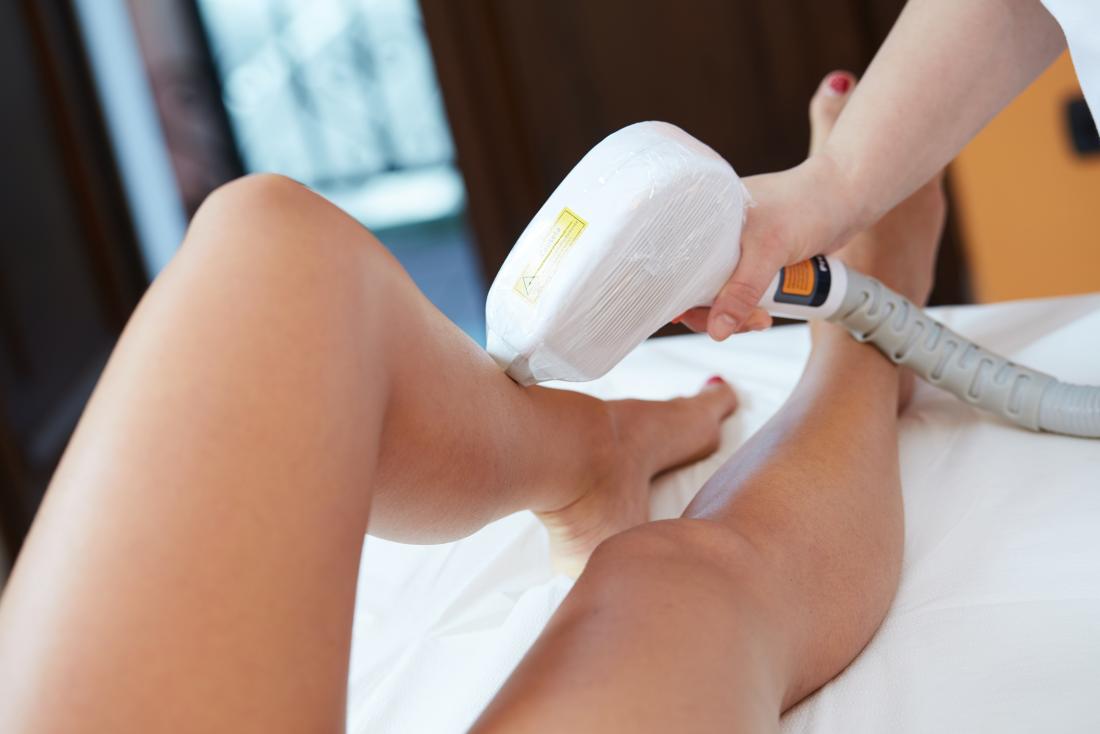
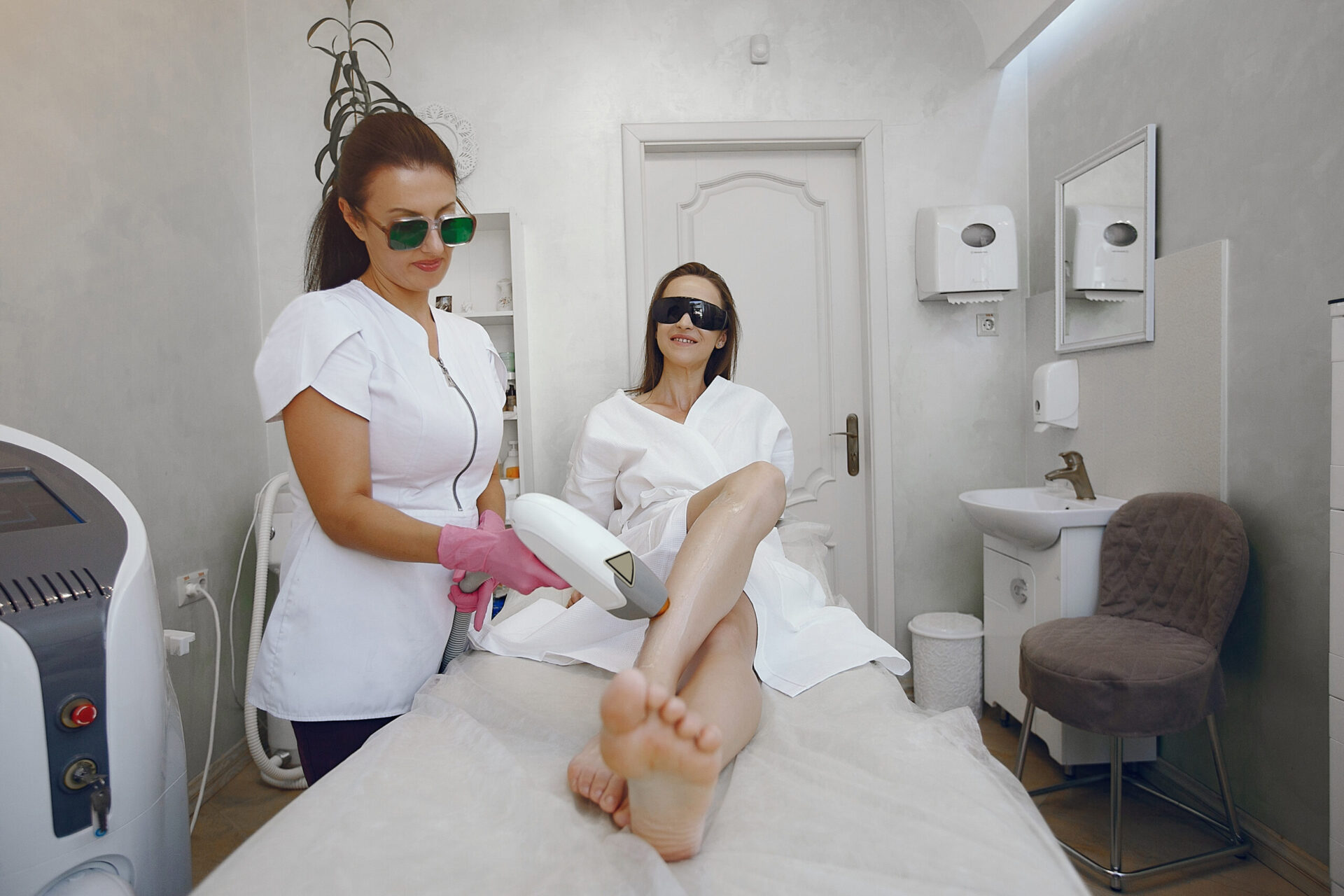
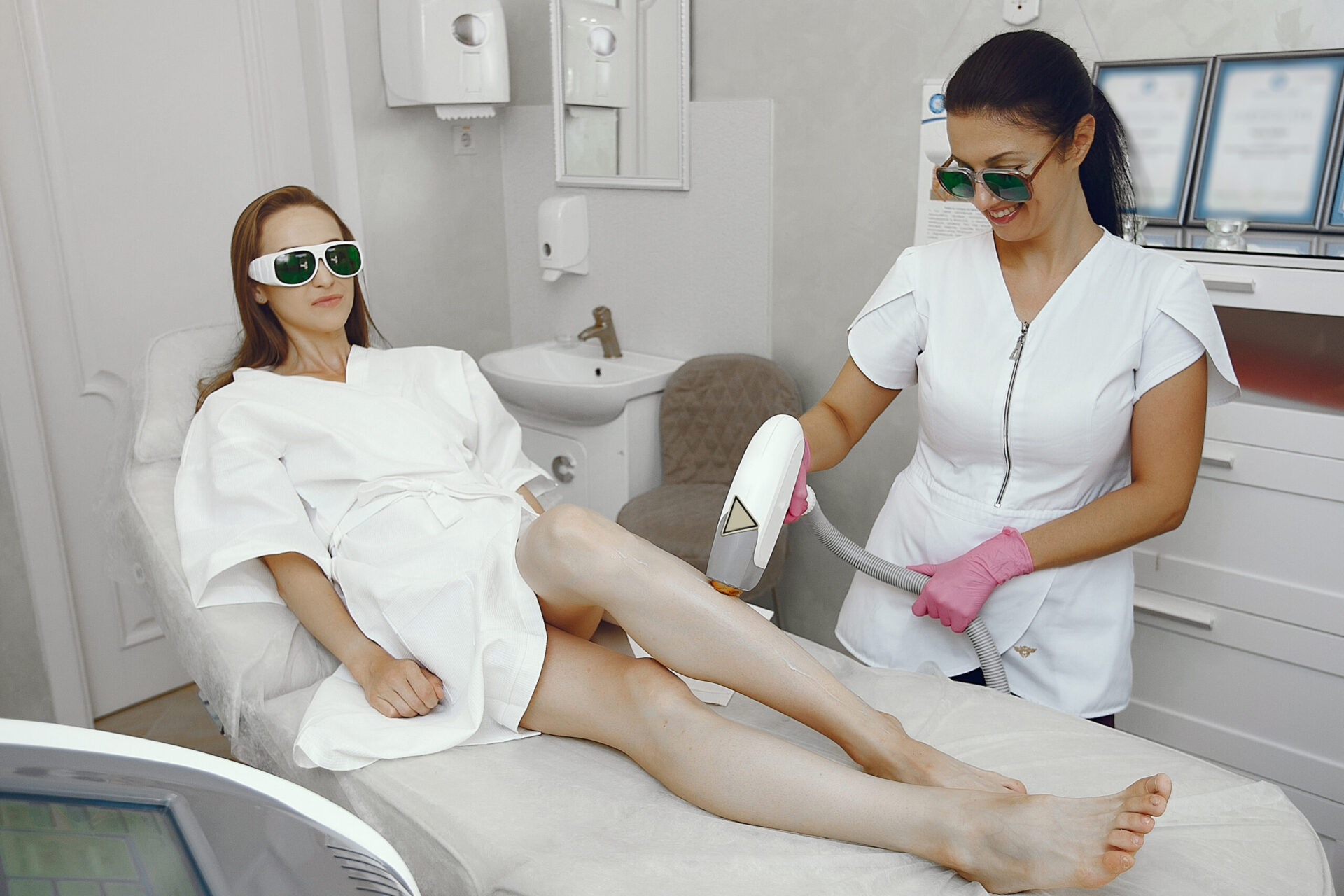
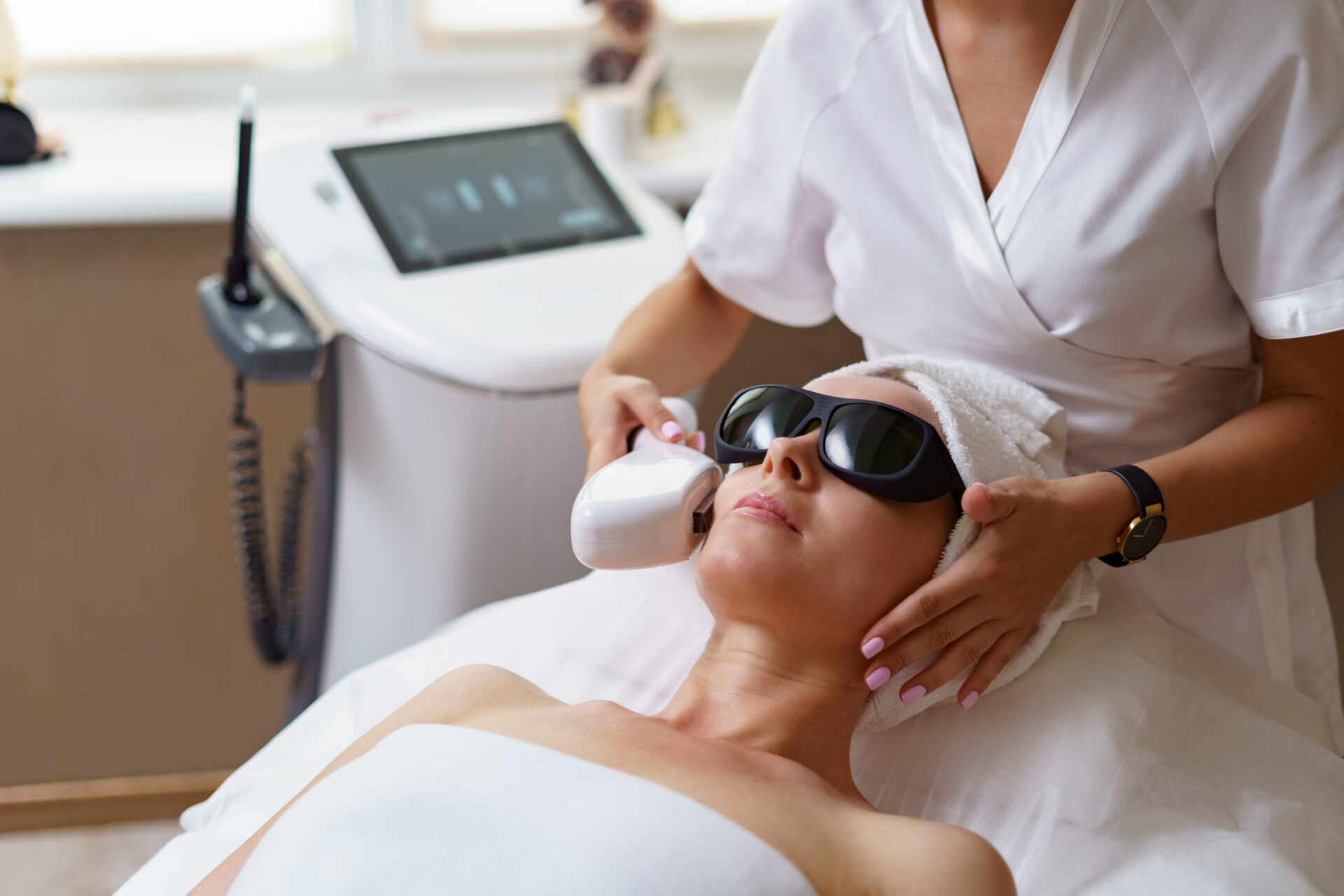
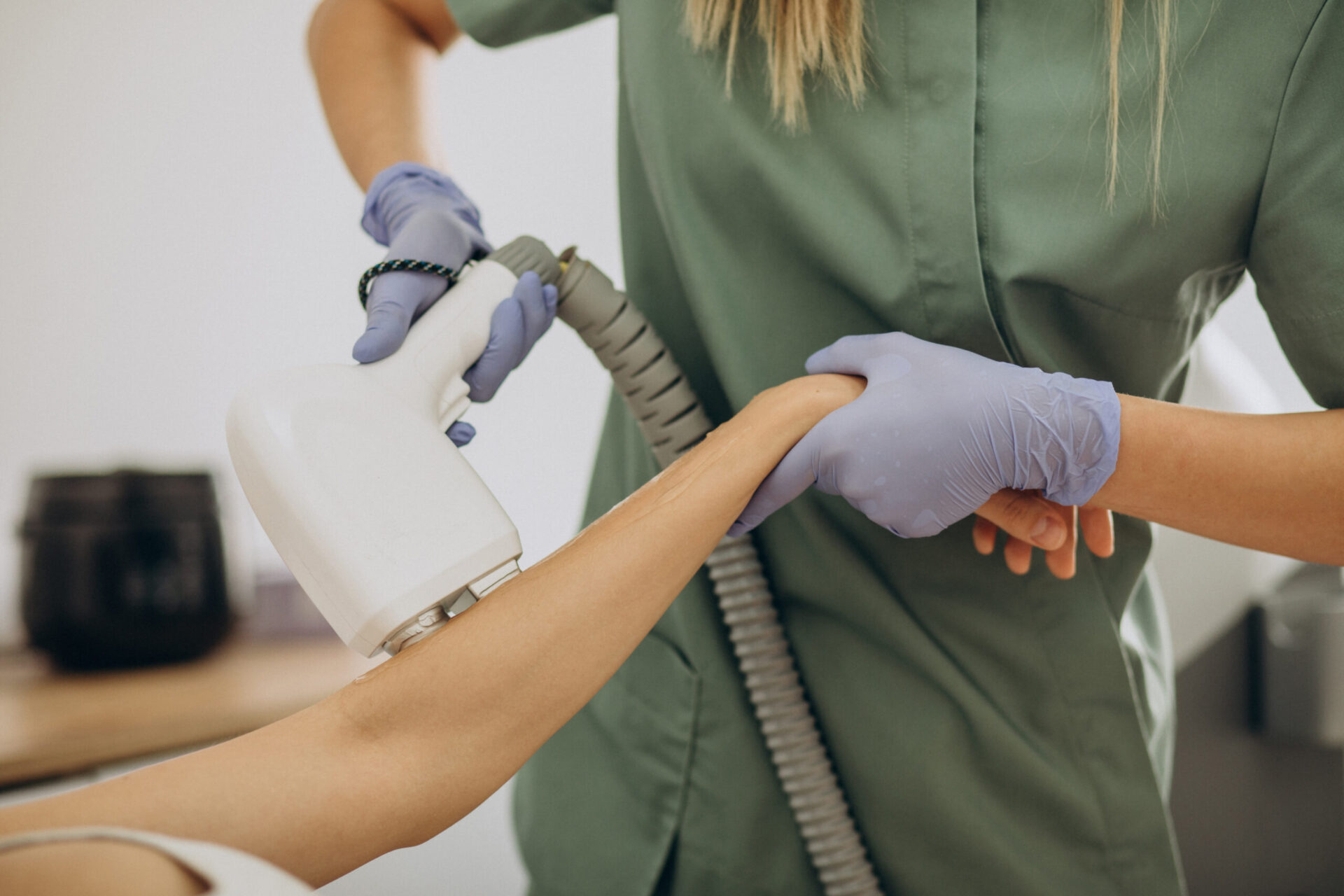
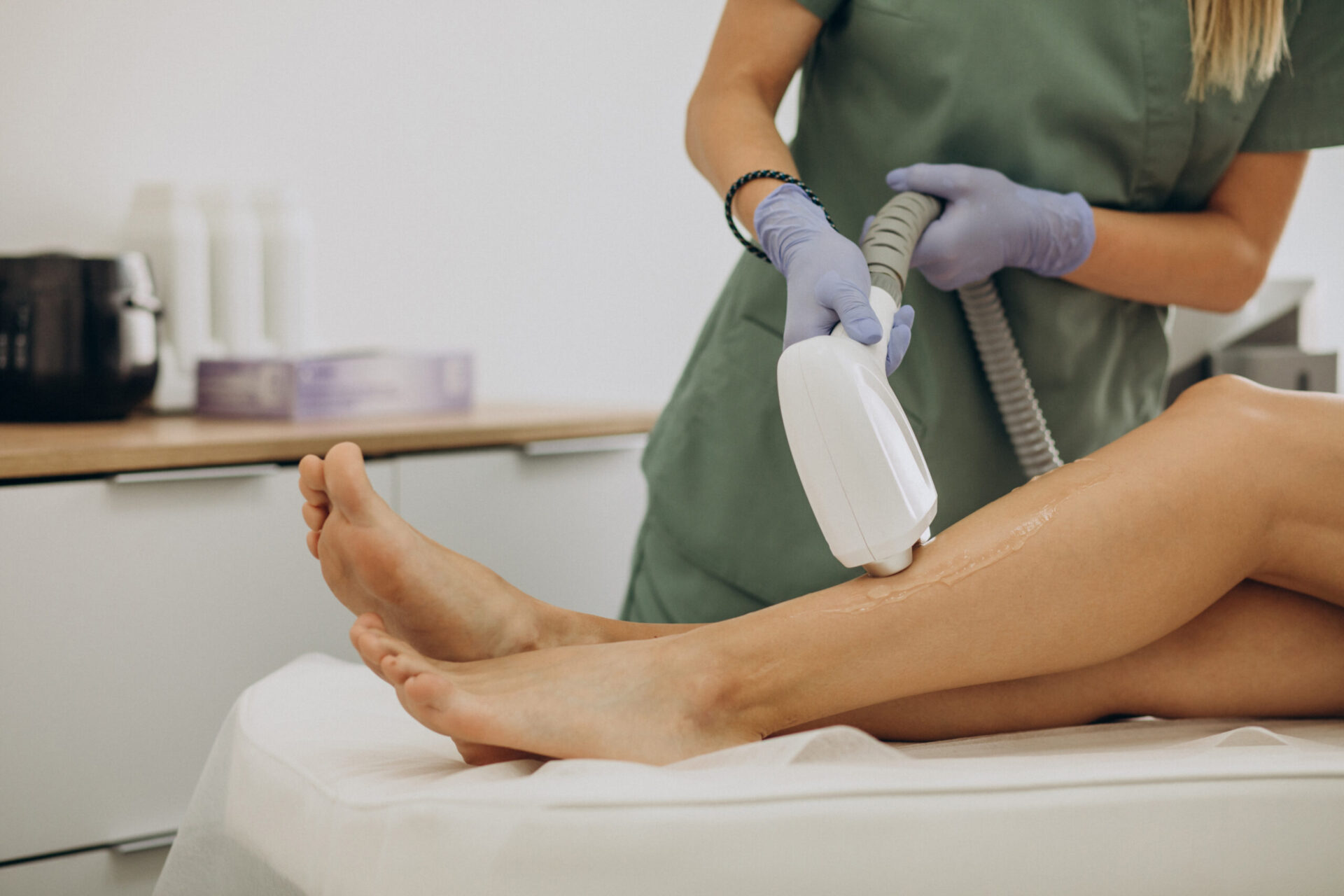


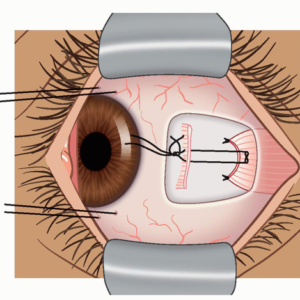

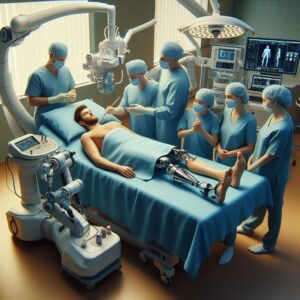

Reviews
There are no reviews yet.